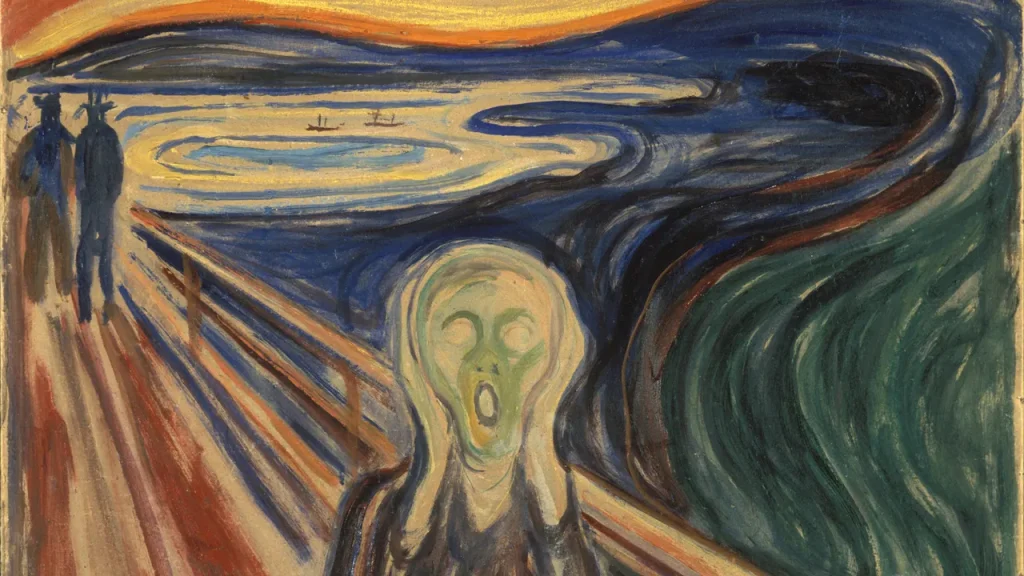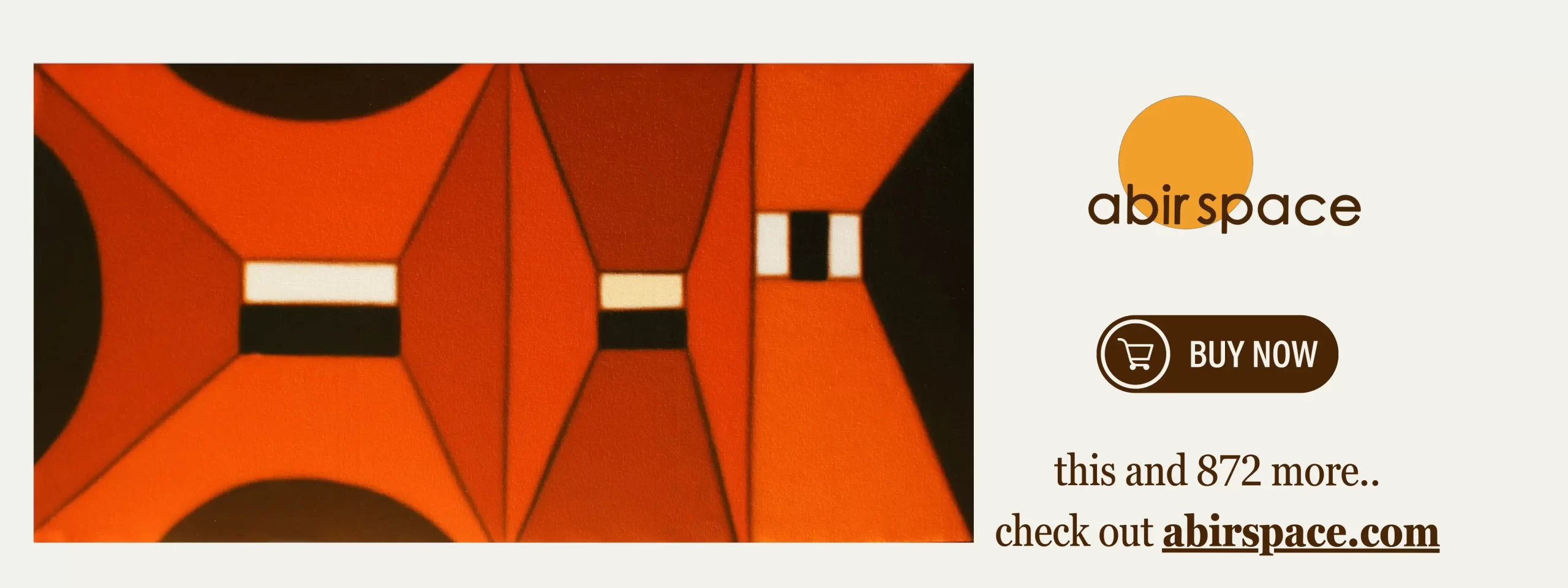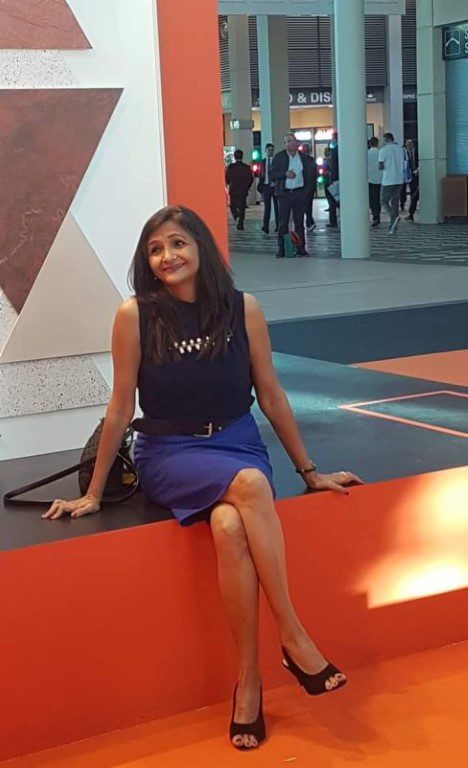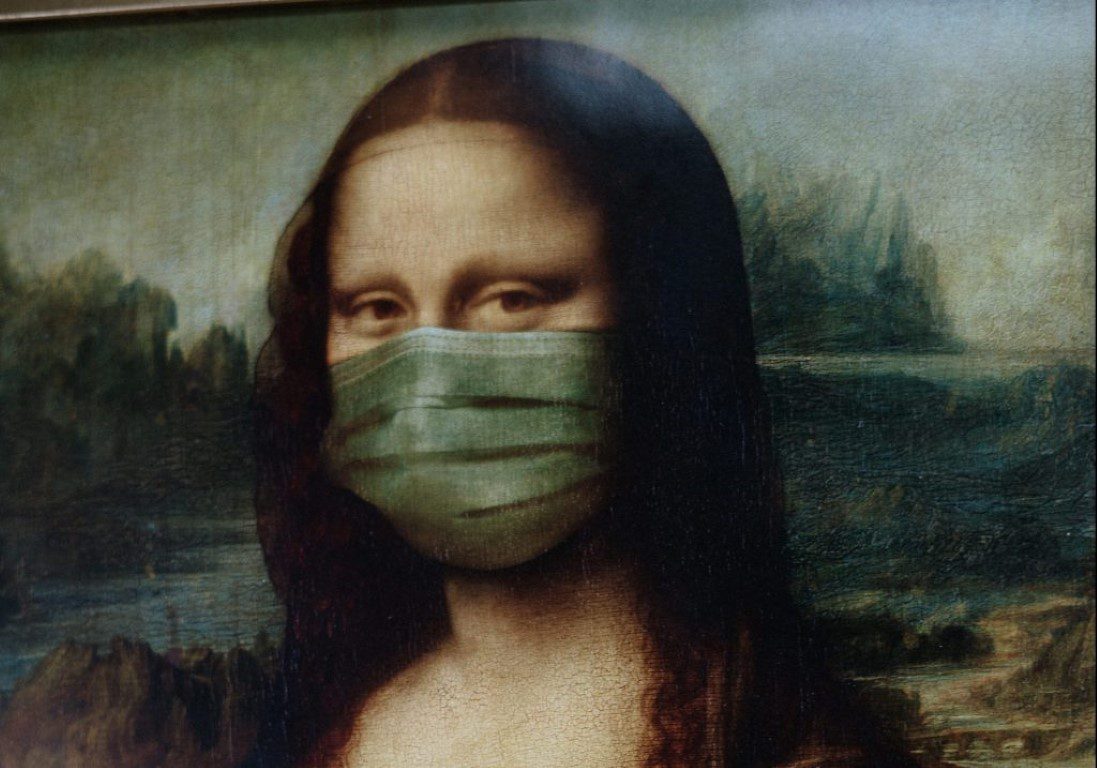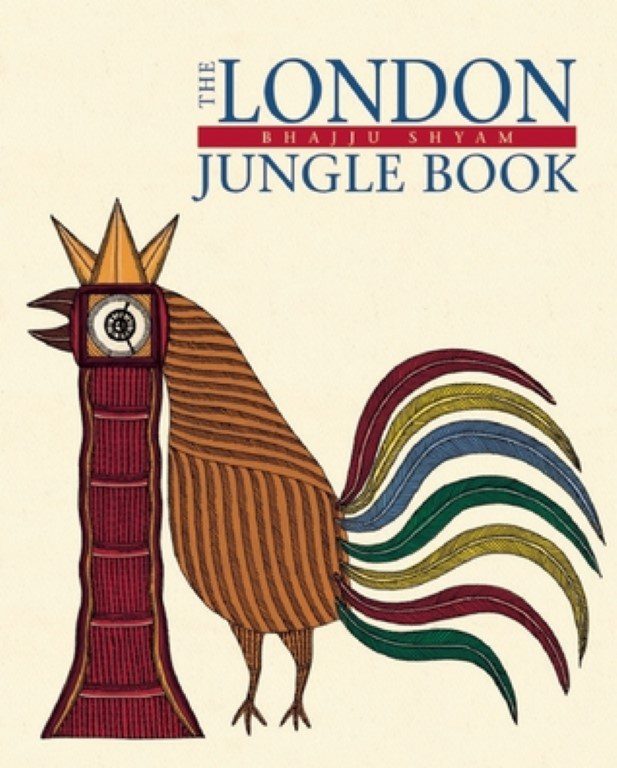Abir Pothi founder Ruby Jagrut writes
“Self-taught artist” is a very interesting term. As the name suggests, it refers to someone who is ready to learn—someone who chooses to paint, draw, or create artwork without any academic exposure to art. As a species, we are naturally intelligent in imitating, absorbing, exploring, and expressing our likes and dislikes. So why would a person turn toward something they are not formally trained to do? What is that inner urge that compels someone to paint or create an artwork?
Perhaps it is the theory of relatability or a sense of wonder—almost like an adventure. There is an urgency to convey something that lies beyond the obvious.
After the major revolution in the field of photography, the idea of “creating” changed drastically. What was once only visible through the artist’s hand could now be captured instantly by a camera. What changed profoundly was the shift inward—the urge to look within instead of outside, to convey and create an engaging dialogue.
Abstract Expressionism was the first major American modern art movement and marked a shift in global art from Europe to the United States after World War II. Artists began to paint their emotional, psychological, and sociological states of mind. They became more fearless and unapologetic about expressing themselves. Even academically trained artists left behind the security of what they already knew, moving beyond the realm of the known and the traditional thought process.
Paintings by Van Gogh, Munch, and others—like The Scream by Edvard Munch—opened doors to confronting anxiety, grief, isolation, war trauma, existential fear, psychological depth, spiritual conflict, or even sexuality. These were subjects of utmost importance, yet rarely expressed before. Artists like Munch, Van Gogh, Schiele, Kollwitz, Kirchner, and Rouault became central to this new emotional vocabulary. Their courage gave fearlessness to everyone who wished to paint.

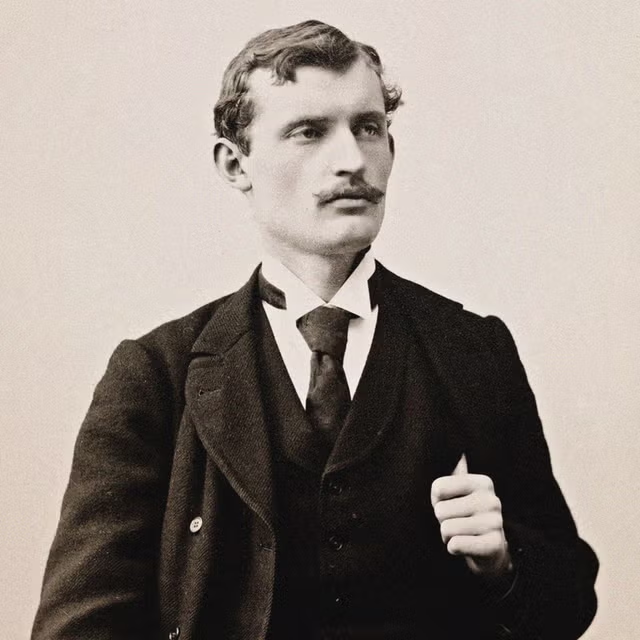
Vincent Van Gogh & Edvard Munch
In my own journey as a self-taught artist, my guru Rafai always asked me why I wanted to paint, not how I wanted to do it. He would turn my artworks around—literally viewing them in two or more directions—just to show me how to think otherwise. My accidental reading of the Mahabharata during the time of the Nirbhaya case in Delhi pushed me into painting the women characters of the epic, a series called Prahidhwani, meaning “an echo.”
My favourite self-taught artists—Bhupen turning to the canvas, or Amit Ambalal’s journey—came from very distinct personal reasons and spaces. Living legend Madhavi Parekh found a safe space working beside her husband and retained her childlike vulnerability even today. Her fearlessness comes from her honesty and self-belief.
Another self-taught artist was the master M.F. Husain. He studied carpentry at J.J. School of Art and picked up painting as a full-time job to survive. His ambition and grit made him one of the most important names in Indian contemporary art.
Dr. Sudhir Patwardhan is another important figure. A practising radiologist, he became one of India’s leading contemporary painters without formal art-school training. Working between the medical world and the bustling life of Mumbai, he developed a deeply empathetic visual language grounded in observation and social reality. I simply resonate with his spontaneous expressions.
This movement—this spirit—combined abstraction with emotional intensity, spontaneity, and the belief that painting can be a form of existential expression, just like poetry or music. It gave immense freedom and power to young artists who were desperate to survive during economic depression and oppression.
What is it to be an artist?
First, it is the urge to engage and convey one’s stories—often without being physically present or visible in the scene. Many self-taught artists naturally gravitated toward abstract expression because their reasons were deeply personal. It is difficult to be a professional painter or sculptor as a self-taught artist, especially when constantly compared to academically trained artists. The only way to survive is to believe deeply, and to be a sponge—ready to learn in every possible way. Read, write, listen, indulge in different art forms, and train your mind to find the right medium to express yourself.
Keep reinventing and rediscovering your purpose as an artist. In truth, this is not only the journey of a self-taught artist—it is the journey of every artist
“I am seeking. I am striving. I am in it with all my heart.” — Vincent van Gogh
This famous line captures the true spirit of a self-taught artist. You cannot exist in this space unless you are completely honest with yourself. Without that honesty, the seeking stops, the striving slows, and the heart falls silent. But with it, the journey becomes possible—raw, fearless, and entirely your own.
Contributor

